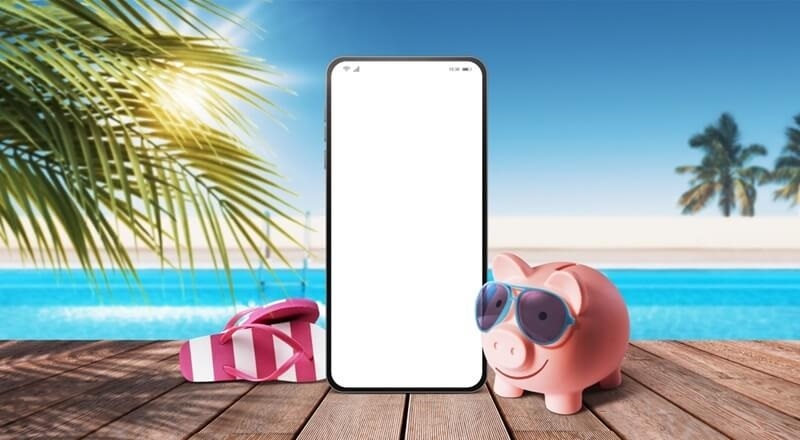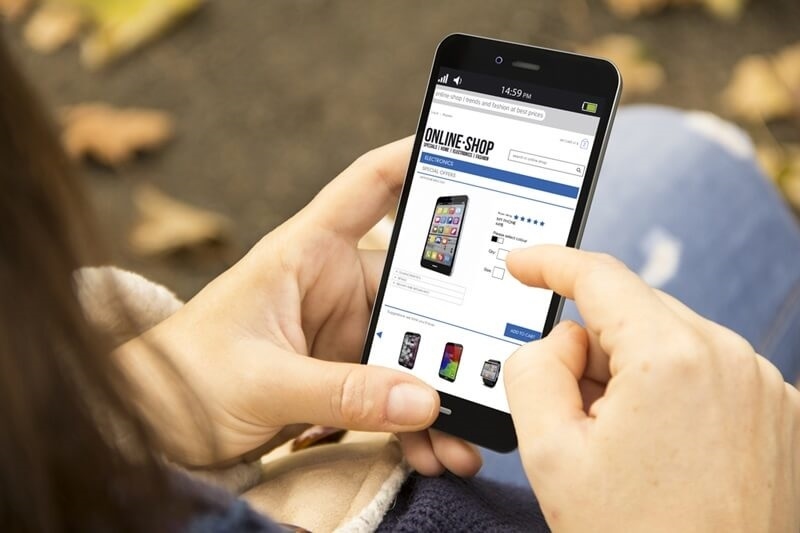
It is difficult to identify the best cheap phones now. There are so many. It is really hard to choose a phone that provides speed and usability over the long run and comes with fun stuff, all without blowing your budget. But good news! You don't need to spend too much to find a good phone that can be used for years and fits your daily mobile life.
This guide helps you find the best budget smartphones that are worth the price, work well as they age, and fit your budget. It will give you tips to see hidden costs and skip phones that may look cheap but break down fast.
Some think cheap phones are always slow, weak, or old. That was true long ago, but tech has gotten better. Now, makers build strong phones for less money by just adding what you really need, not just fancy stuff.
Today, some recommended cheap Android phones are as good as mid-priced ones in terms of how fast they are, how good the photos look, and how long the battery lasts. You can even find iPhones under $300 that feel new and last many years.
The trick to get the right one is to know what you need — forget about extra things that make the phone cost more.

Think about how you use your phone. Do you snap a lot of photos? Watch videos every day? Need a phone that won't die during long trips? By knowing what's important to you, you can look for key features and avoid fancy extras you won't use.
For those watching their money, these features are key:
When you pick what matters, you pay for what you use each day.
You don't need the newest, top chip for a smooth experience. Lots of the best cheap phones have mid-level chips like Qualcomm's Snapdragon 6xx or 7xx, or MediaTek's Dimensity. These handle web surfing, social media, videos, and light games just fine.
These chips also use less power, which means longer battery life — another plus for cheaper, long-lasting phones.
It's easy to just buy the cheapest phone, but that can mean you spend more later. Phones that are poorly made, with old software or slow chips, break down faster. Pick durable, low-cost phones with strong builds, scratch-proof glass, and waterproof ratings when you can.
Spending just $50 more can mean a phone that lasts way longer, saving you on fixes and replacements.
Choosing between cheaper Android phones and iPhones under $300 comes down to updates and build strength.
It might come down to whether you like Android's ways to change things or Apple's simple style.
A good way to save cash but still get top stuff is to buy fixed-up phones. Many shops and certified sellers fix, test, and clean them to a just-like-new state, most of the time with a promise of working right.
Fixed up iPhones are hot, as you can find ones under $300 in top shape with much use left. For Android fans, fixed up Samsung Galaxy and Google Pixel models are great deals too.
Make sure to buy from trusted sellers who offer returns and promises — this stops you from getting a bad phone.
A phone full of features is no good if it can’t handle everyday bumps and drops. Here’s how to check when penny-pinching on a tough phone:
Picking a tough phone now stops costly fixes or new buys soon.
Battery use time is key for a good deal cause changing a phone’s power part costs a lot. Look for phones with low-power chips and good battery use tweaks.
Some cheap ones charge fast and are handy, but look more closely at how big and healthy they are. Don’t leave your phone charging all night, as it cuts battery life short.
Running low on space too quickly can mess up even the best cheap smartphones. Always check the built-in memory and if the phone can use a microSD for more space.
If you stock many pics, videos, and apps, 128 GB is best. Yet if money pushes you to 64 GB, being able to add on storage can save you.
It’s easy to get lost in MP numbers, but cheap phones with big MP aren’t always winners. Search reviews that talk about color rightness, dim-light shots, and steadiness.
Some good, cheap Androids now have two or three lens setups, giving you wide and close-up shots without more cost. Older iPhones also take great photos with Apple's tech.
Wanting your phone to last long, software updates are as vital as the insides. Updates add new stuff, fix errors, and cover safety weaknesses.
Apple leads here, with iPhones under $300 still getting new stuff often. On Android, Samsung, Google, and Nokia are doing better, giving years of support — check this before you buy.
Before you buy a cheap phone, check that it works with your talk plan. Some phones from far places may not catch all the signals here. If you roam a lot, having two SIM slots or eSIM helps a lot.
After picking up your phone, keep it going by:
A bit of care adds years to your phone’s use.
Here are some that give more than they cost:
These show that you can get a lasting, good phone without spending much.
You can always spot top deals at:
Checking many places can save you a lot.
The best budget smartphones balance cost, work, and tough build without sacrificing what's important daily. By focusing on smartphone features for value, checking for tough builds, and eyeing both cheap Androids and iPhones under $300, you can pick a phone that lasts for years without breaking the bank.
It’s not about chasing the newest—it’s about picking a well-made phone with the right features, keeping it well, and shopping smart to use your money best. With these moves, you'll enjoy a dependable phone life with phone durability on a budget.
This content was created by AI